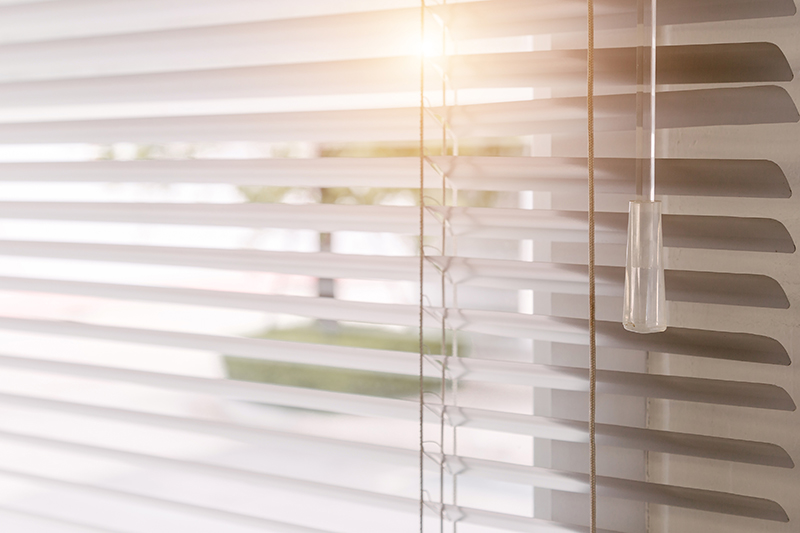
Attention on window covering safety continues to grow with industry standards requirements.
Safety considerations are essential and inevitable in the window industry. This typically means there will be clearly defined rules and standards requiring compliance. Window coverings are no exception. While no one would question the need for reasonable protections surrounding window coverings to prevent strangulation hazards, a recent legal scuffle unfolded over window covering safety requirements at the industry and government levels. Court intervention resolved the challenge, but this signals an increasing awareness about window covering safety in general and, therefore, compliance with industry standards and any future rules that may be enacted.
The Consumer Product Safety Commission’s recent efforts to enact rules addressing window covering safety requirements sent a ripple through the industry, leaving manufacturers scrambling to figure out how to meet more stringent requirements with a fast-approaching deadline. The CPSC rule, A Safety Standard for Operating Cords on Custom Windows, was quickly followed by a lawsuit brought by the Window Covering Manufacturers Association, landing the dispute in the U.S. Court of Appeals for the D.C. Circuit for review. In response to the multiple challenges the WCMA raised, the Court vacated the CPSC rule and remanded (in other words, sent it back) to the CPSC to re-work it.
Separate from the CPSC rule enactment, a voluntary standard applicable to window coverings, ANSI/WCMA A100.1-2022, was revised in 2022 with a compliance deadline of June 1, 2024. This standard eliminates the use of free-hanging operating cords, free-hanging tilt cords and multiple cord connectors on all custom window covering products, and prohibits continuous cord loops and bead chains on all horizontal slatted custom products. The addition of custom products to the revised standard is significant.
The ANSI/WCMA standard requires stock products to be cordless or, if cords are used, the cords must be inaccessible or short. An added requirement addresses both stock and custom products. According to the WCMA, these changes will result in required compliance in over 95% of all window covering products sold in the U.S.
While the CPSC rule was more stringent, the ANSI/WCMA revisions represent a substantial step in the industry’s commitment to window covering safety. And even though the CPSC rule is now vacated, its actions underscore a heightened focus on window covering safety. Whether the CPSC will pursue further action is unknown. Regardless, attention on window covering safety continues to grow with formalized requirements. Compliance with existing voluntary rules is essential, as the ever-evolving safety standards are subject to future revisions and more attention is given to these standards and rules.
